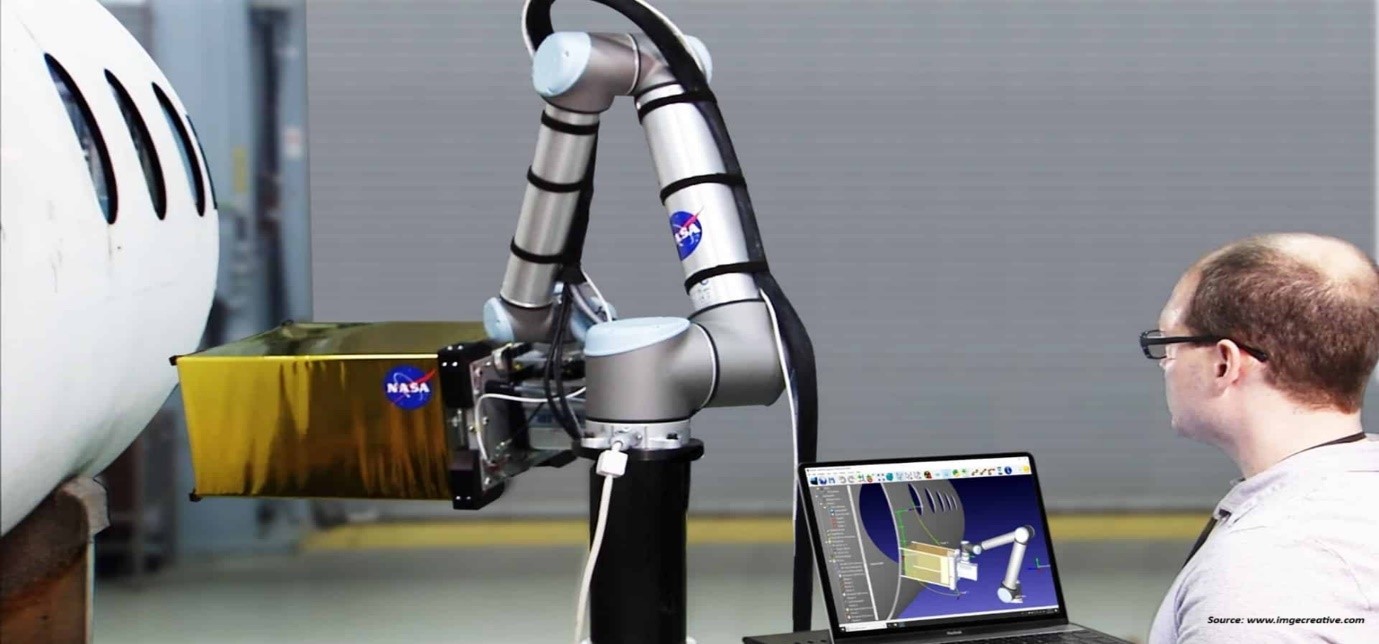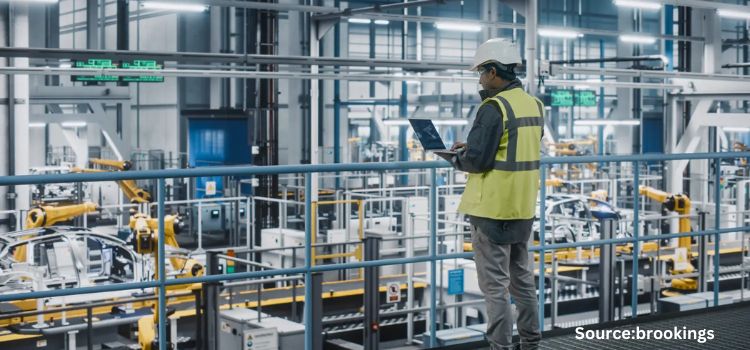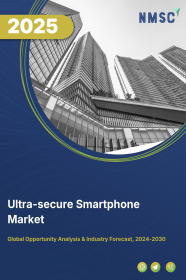
Ultra Secure Smartphone Market by Operating System (Android, iOS, and Others), by Security Type (End-to-End Encryption, Hardware Encryption, Biometric Security, Anti-malware Protection, Secure Boot, and Tamper-proof Design), By Deployment Model (On-Premise, Cloud-Based, and Hybrid), and by End User (Government Agencies, Defense and Intelligence Organizations, Financial Institutions, Enterprise and Business Professionals, and Others) – Global Opportunity Analysis and Industry Forecast 2025-2030
Industry: ICT & Media | Publish Date: 18-Feb-2025 | No of Pages: 425 | No. of Tables: 308 | No. of Figures: 253 | Format: PDF | Report Code : IC12
US Tariff Impact on Ultra-secure Smartphone Market
Trump Tariffs Are Reshaping Global Business
Ultra Secure Smartphone Market Overview
The global Ultra Secure Smartphone Market size was valued at USD 3.43 billion in 2024, and is predicted to reach USD 9.45 billion by 2030, with a CAGR of 18.4% from 2025 to 2030.
The factors such as the rise in data breaches cases and increase in smartphone adoption, in drives the market growth. However, the high cost associated with ultra-secure smartphones pose significant challenges to market expansion. On the contrary, the integration of AI technology in smartphones offers promising future opportunities as it enables the early detection and prevention of threats.
Moreover, the top players such as Apple Inc., Atos SE, and BlackBerry Limited are taking various initiates such as product launch and partnerships in order to enhance their market expansion. These initiatives are expected to provide end-to-end encryption and secure communication platforms.
By incorporating these state-of-the-art security features, these devices cater specifically to individuals and organizations where data safety, secure communication, and robust device control are paramount concerns.
Rise in the Data Breaches Occurrence Across the Globe Drives the Ultra Secure Smartphone Market Demand
A rising number of cyberattacks across the globe are driving demand for smartphones integrated with advanced security features, providing robust protection against malicious activities while lowering the possibility of sensitive data loss.
These advanced security-enabled devices ensure data protection, thereby providing users with a greater sense of confidence and trust, and consequently contributing to the growth of the market. A latest report by Kaspersky Lab states that the data breach cases reached a staggering 34 million in 2023. The increase in the data breach incidents fuels the demand for security solutions to safeguard its user data.
Smartphone Adoption Fuels the Ultra Secure Smartphone Market Growth
Rising smartphone adoption along with user dependence on functions including online payments and personal communication drives manufacturers toward creating highly secure smartphone models.
E-commerce expansion along with the rise of mobile payments and cloud storage activities substantiated by global online data sharing proliferation has generated an urgent market necessity for advanced security features which in turn drives increasing demand for ultra-secure smartphones.
According to the GSM Association, the number of smartphone users is expected to reach 7 billion by 2024, further reinforcing the demand for enhanced security features and fueling the growth of the market.
High-Cost of Ultra Secure Smartphone Hinders the Ultra Secure Smartphone Market Expansion
The market faces a challenge of high cost associated with ultra-secure smartphones significantly limits market growth as consumers choose lower-cost options, exposing premium devices to a slower acceptance.
Consumers are sensitive in price, and therefore a tradeoff is made between security features and affordability, which serves to limit the proliferation of ultra-secure smartphones and to retain mainstream, low-cost devices dominating the market.
Combining Artificial Intelligence with Smartphones Creates Future Opportunity
The integration of artificial intelligence technology into smartphones is expected to create a lot of avenues for growth in the near term. Therefore, it is poised to further expand participative and preventive measures for threat detection and diminish data theft and loss scenarios while creating a secure and trustworthy user experience.
Thus, AI-enhanced smartphone security would utilize machine learning algorithms in threat detection and suitable real-time responses to curb cyber-attacks and data breaches as much as possible. This will offer users better protection against malicious activities, embedding AI technology even further in shaping the future of security on smartphones.
By Operating System, Android Dominates the Ultra Secure Smartphone Market
Android holds the major share of the market due to the fact that it is flexible for manufacturers to customize security features. Thus, the ability of catering software to certain threats and vulnerabilities increases protection and attraction.
This is attributed to their compatibility and integrations of advanced security technologies that include biometric authentication, encryption, and periodic security updates, which further seal the dominance of Android in the high-end segment of the smartphone market and make it a leader in the segment.
By End-User, Government Agency Dominates the Ultra Secure Smartphone Market
Government agencies hold the major share of the market due to the stringent security requirements in their operations and communications. These smartphones prioritize encrypted communications and secure authentication methods preventing unauthorized access and cyber threats.
Government agencies worldwide rely on ultra-secure smartphones to maintain confidentiality, conduct secure communications, and safeguard national interests, thus cementing their significant presence in this specialized market segment.
North America Dominates the Ultra Secure Smartphone Market Share
North America holds the dominant market share due to a massive increase in cyberattacks and data theft cases, threatening the sensitive information of the region. This increased number and complexity of attacks is driving the need to implement robust cybersecurity solutions.
According to the U.S. Government, about 6.85 billion data was breached in a total of 2741 cyber incidents in the U.S 2024. This growth in the cyber threats significantly boost the demand for advanced security, making the region as one of the strong hubs for cybersecurity technology and solutions.
In addition, the increase in military spending has led to a heightened focus on national security, driving demand for ultra-secure smartphones. As governments allocate finances for defense technologies to counter the constant threats found in cyberspace, the demand for military-grade encryption and privacy-enhanced communication tools rises.
In the latest outlook by PBO, military spending in Canada is projected to grow from 1.29 of GDP in 2024-25 to 1.49 of GDP in 2025-26, which attests a great emphasis on advancement in defense capacities.
Asia-Pacific is Expected to Show Steady Growth in the Ultra Secure Smartphone Market
Asia-Pacific shows a steady rise in the market due to the expanding internet and smartphone user base in the region. Consumers rely more on smartphones for sensitive activities such as banking, communication, and personal data storage, that increases demand for enhanced security features.
As per the GSM Association report in 2024, smartphone penetration in the region reached 78 percent. Such rise in the smartphone adoption drives the demand for these devices, boosting the growth of the market.
Moreover, presence of key market players such Samsung and HTC Corporation with their continuous innovation further drive the growth of the market. For example, in December 2024, Samsung launched the enterprise edition of its ultra-secure S24 series.
With this launch, the company aims to provide businesses with a whole suite of options for security in protecting user data and offering uncompromising enterprise-grade security.
Competitive Landscape
Several market players operating in the ultra-secure smartphone industry include Apple Inc., Atos SE, BlackBerry Limited, GSMK GmbH, The Boeing Company, Cog Systems, Silent Circle LLC, Sirin Labs, Ercom SA, Gryphon Technologies, Purism SPC, Bittium Corporation, HTC Corporation, Samsung Electronics, X-Systems, and others. These companies are adopting various strategies such as product launch to remain dominant in the ultra-secure smartphone market.
For instance, in September 2023, Apple Inc. launched the iPhone 15 Pro and iPhone 15 Pro Max which features advanced security measures and robust performance behind the mission of enhancing user experience on portable devices while promoting data privacy and security.
Ultra-Secure Smartphone Market Key Segment
By Operating System
-
Android
-
iOS
-
Others
By Security Type
-
End-to-End Encryption
-
Hardware Encryption
-
Biometric Security
-
Anti-malware Protection
-
Secure Boot
-
Tamper-proof Design
By Deployment Model
-
On-Premise
-
Cloud-Based
-
Hybrid
By End-User
-
Government Agencies
-
Defense and Intelligence Organizations
-
Financial Institutions
-
Enterprise and Business Professionals
-
Others
By Region
-
North America
-
The U.S.
-
Canada
-
Mexico
-
-
Europe
-
The UK
-
Germany
-
France
-
Italy
-
Spain
-
Denmark
-
Netherlands
-
Finland
-
Sweden
-
Norway
-
Russia
-
Rest of Europe
-
-
Asia-Pacific
-
China
-
Japan
-
India
-
South Korea
-
Australia
-
Indonesia
-
Singapore
-
Taiwan
-
Thailand
-
Rest of Asia-Pacific
-
-
RoW
-
Latin America
-
Middle East
-
Africa
-
Key Players
-
Apple Inc.
-
Atos SE
-
Blackberry Limited
-
GSMK GmbH
-
The Boeing Company
-
Cog System
-
Slient Circle LLC
-
Sirin Labs
-
Ercom SA
-
Gryphon Technologies
-
Purism SPC
-
Bittium Corporation
-
HTC Corporation
-
Samsung Electronics
-
X-Systems
REPORT SCOPE AND SEGMENTATION:
|
Parameters |
Details |
|
Market Size in 2024 |
USD 3.43 Billion |
|
Revenue Forecast in 2030 |
USD 9.45 Billion |
|
Growth Rate |
CAGR of 18.4% from 2025 to 2030 |
|
Analysis Period |
2024–2030 |
|
Base Year Considered |
2024 |
|
Forecast Period |
2025–2030 |
|
Market Size Estimation |
Billion (USD) |
|
Growth Factors |
|
|
Countries Covered |
28 |
|
Companies Profiled |
15 |
|
Market Share |
Available for 10 companies |
|
Customization Scope |
Free customization (equivalent up to 80 working hours of analysts) after purchase. Addition or alteration to country, regional, and segment scope. |
|
Pricing and Purchase Options |
Avail customized purchase options to meet your exact research needs. |







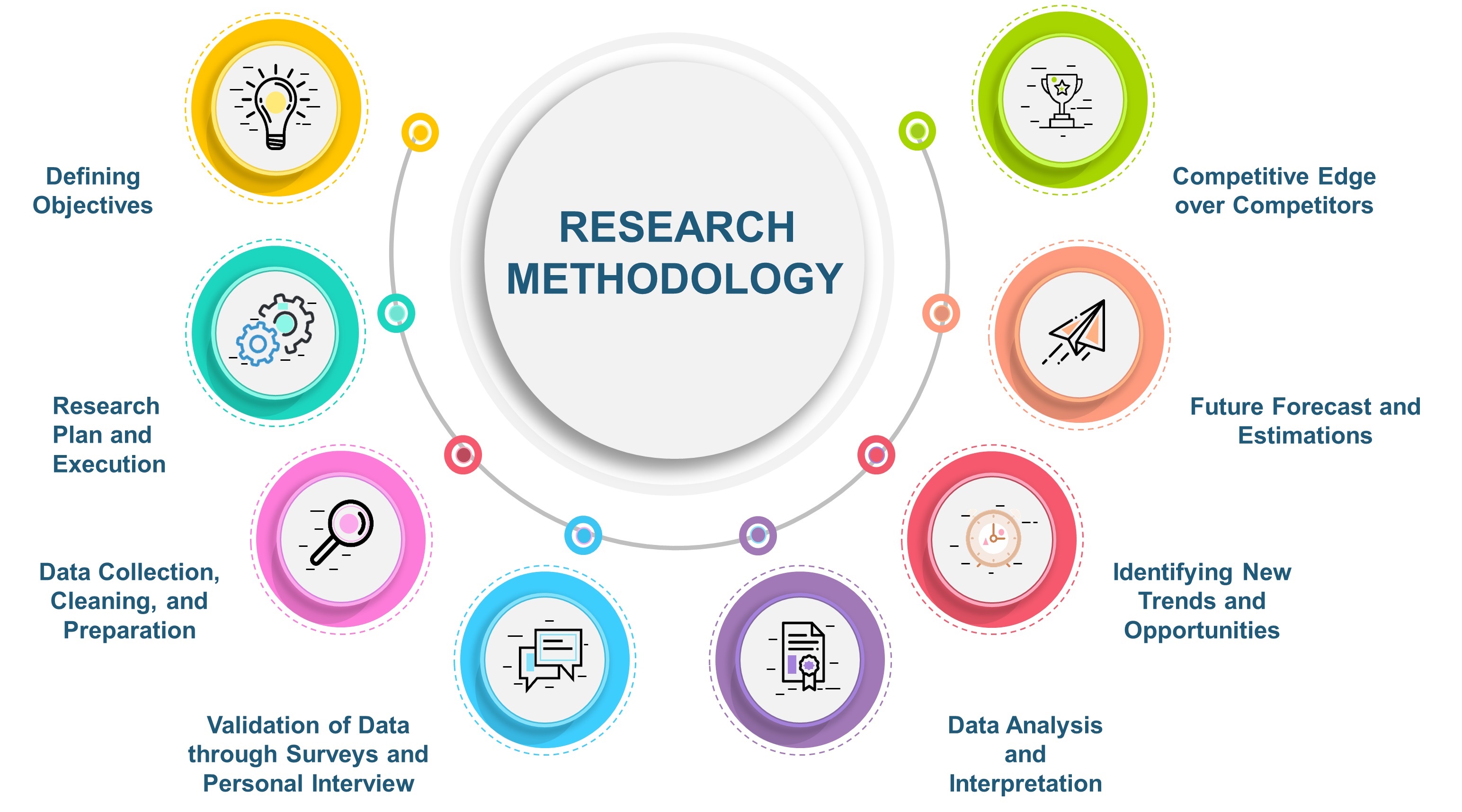
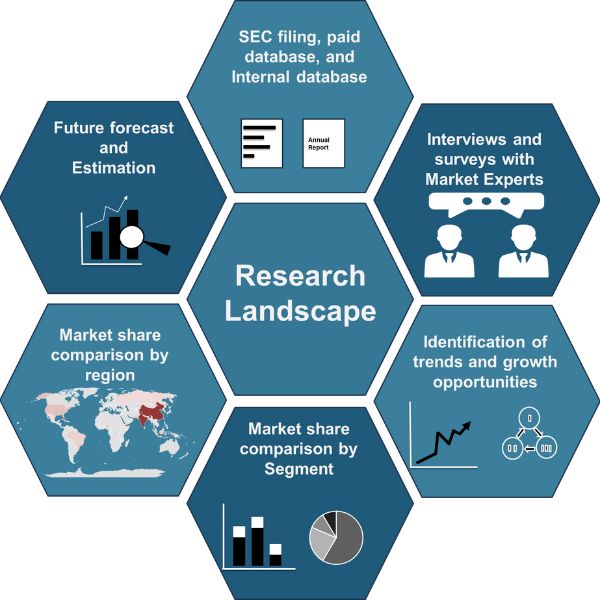
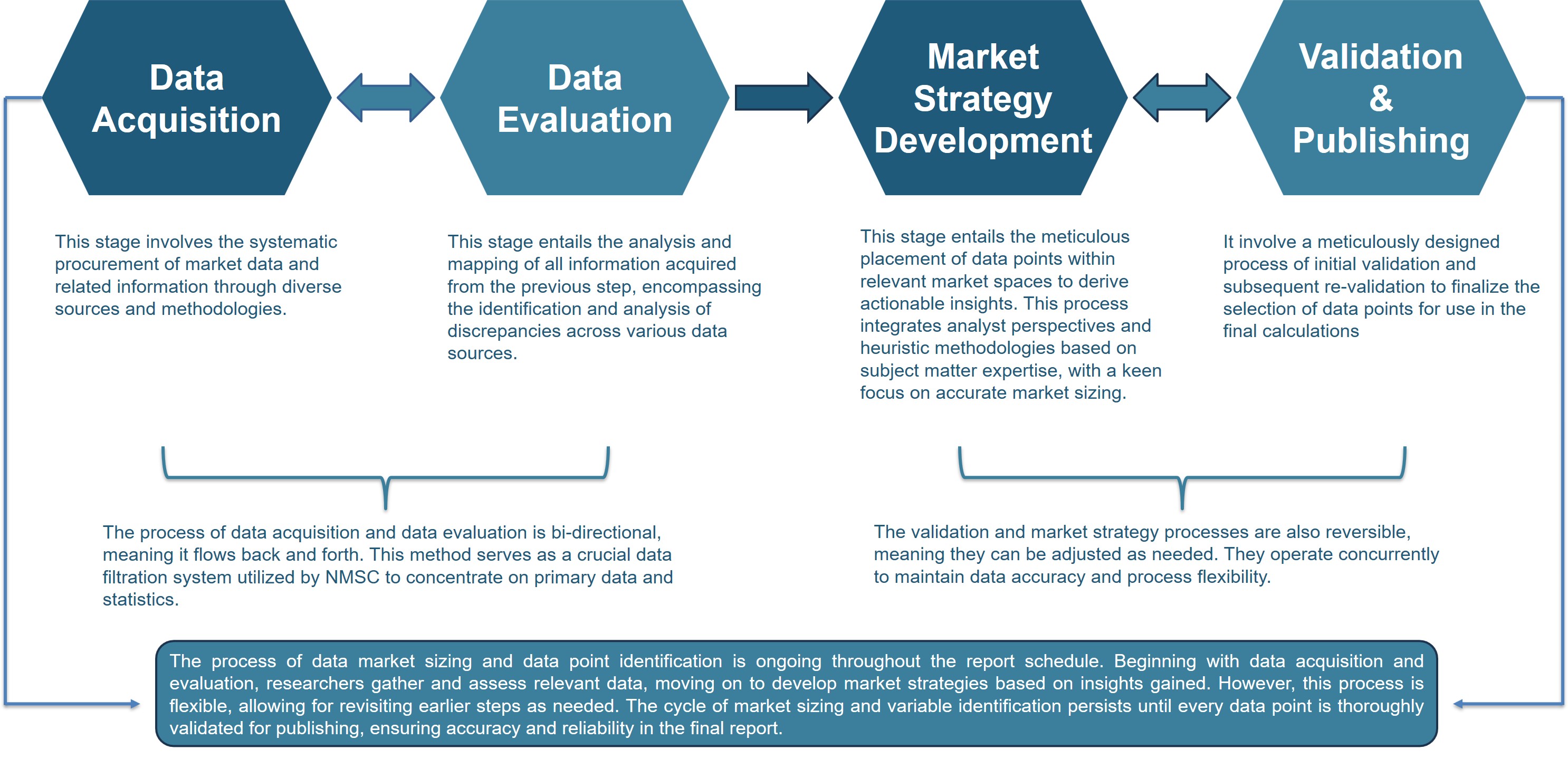
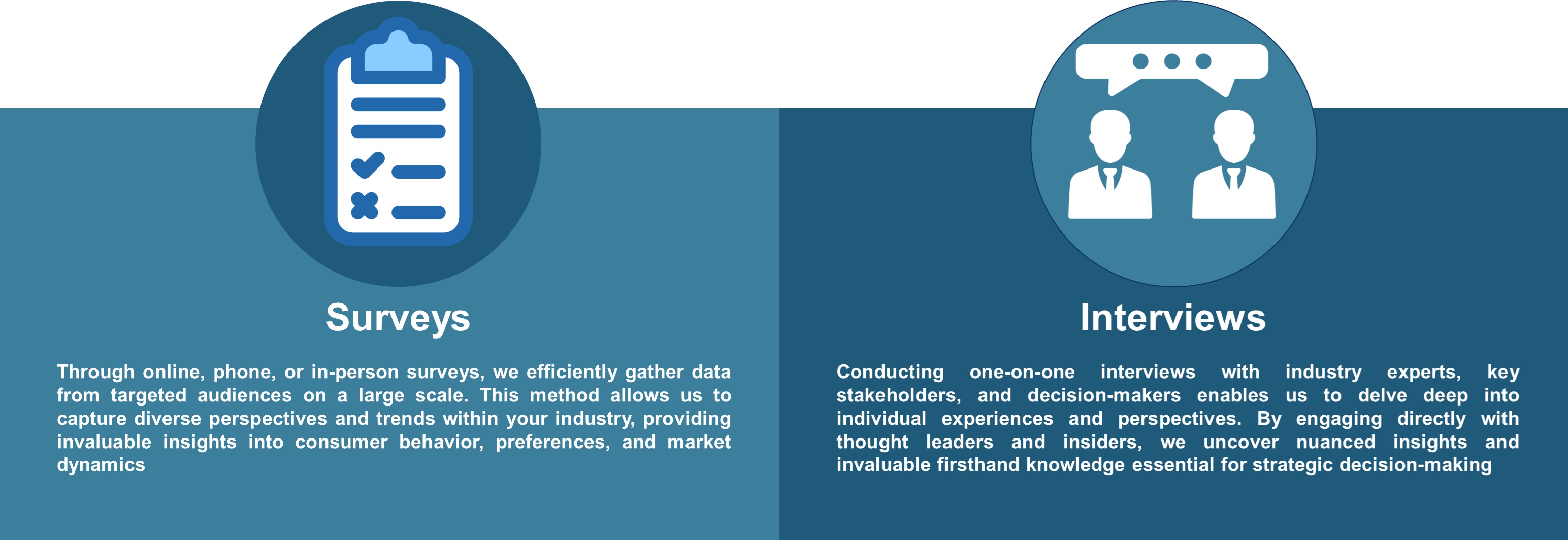


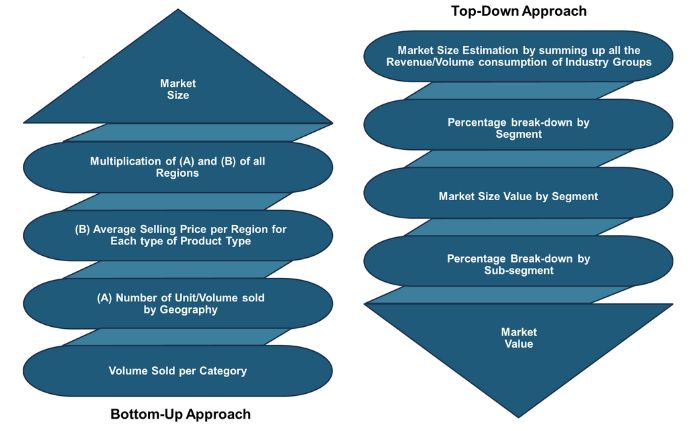
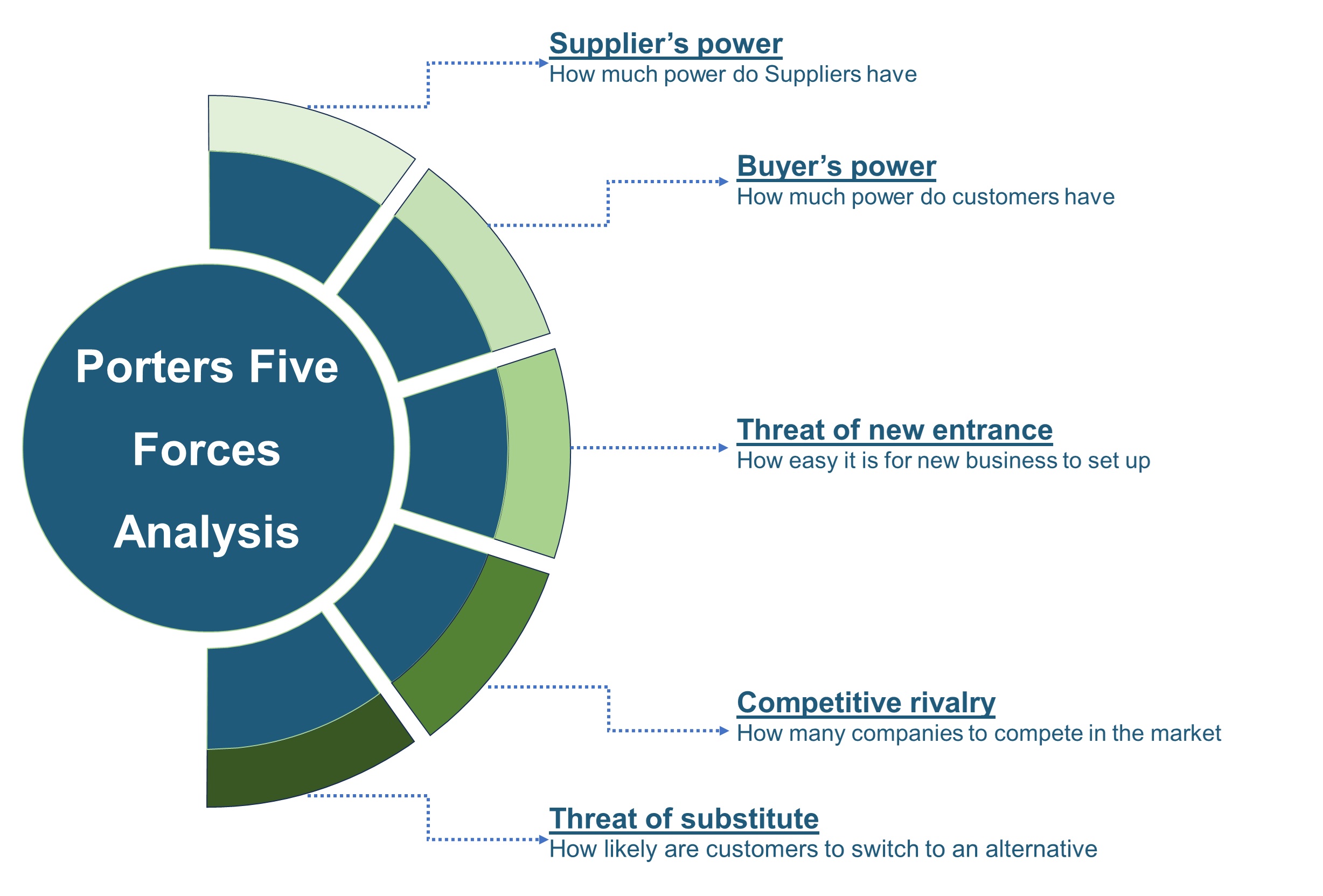


 Speak to Our Analyst
Speak to Our Analyst






